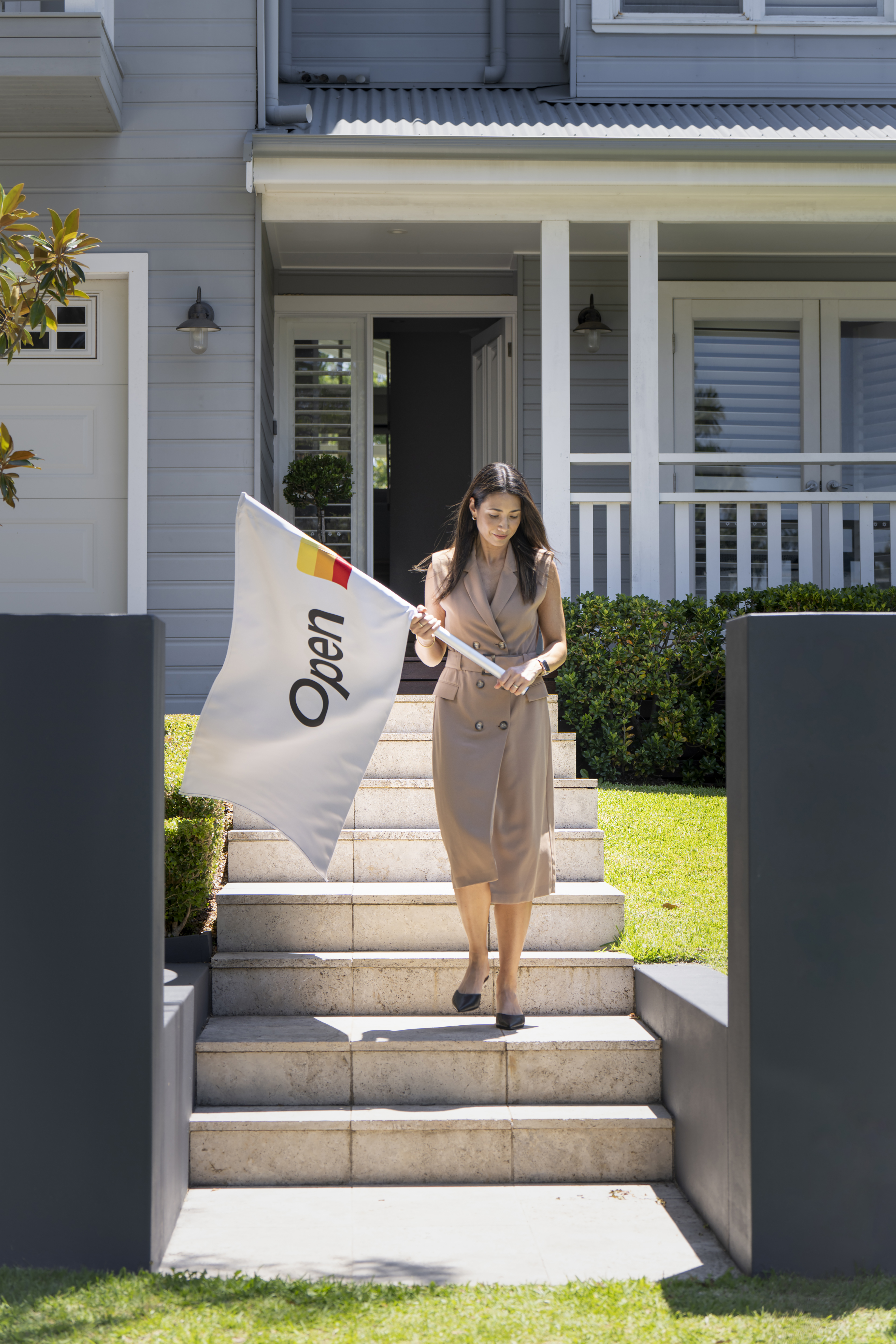Preventative Maintenance
Preventative Maintenance: Why Waiting for Things to Break will Cost You More In the Long Run:
If you’re a landlord, you already know how important it is to protect the value of your investment. But here’s a question many investors overlook:
Is your property costing you more because you’re only fixing things when they break?
Right now, with increasing repair costs and longer wait times for tradespeople, reactive maintenance is becoming one of the most expensive mistakes a landlord can make. What looks like “saving money” by delaying routine upkeep often ends in bigger invoices, unhappy tenants, and preventable damage.
Let’s explore why preventative maintenance isn’t an optional extra — it’s one of the smartest strategies for long-term returns.
Why Am I Spending So Much on Repairs?
Many landlords feel like maintenance comes in waves — nothing for months, then suddenly a flood of issues. But in most cases, those problems were building long before the repair request came through.
Here’s the catch:
Small issues become big issues when they’re ignored.
Big issues become expensive issues when they’re allowed to spread.
A tap that needs a $2 washer becomes a call-out to replace a water damaged vanity.
A clogged gutter becomes a roof leak.
An air conditioner that hasn’t been serviced becomes a $2,500 emergency replacement during summer.
A timber deck that needed a quick oil coat becomes a full board replacement once the wood rots.
Reactive maintenance isn’t just inconvenient — it’s costly.
What Reactive Maintenance Actually Gets You
Let’s break down what “waiting until it breaks” really leads to:
- Emergency repair fees (typically 2–3 times the price of normal work)
- Faster deterioration of fixtures and appliances
- Unhappy tenants dealing with unexpected outages
- More insurance claims — and sometimes declined claims
- Longer vacancy periods if issues snowball at lease renewal
- Reduced rental appeal due to visible wear and tear
When you add it up, many landlords are spending far more by delaying maintenance than they ever would by staying ahead of it.
The Preventative Approach: Small Actions, Big Savings
Now compare that to a different strategy: completing small, inexpensive tasks regularly to protect the home.
These aren’t luxury extras — they’re property health essentials.
Annual air conditioning services
Prevents breakdowns, improves efficiency, and can extend the lifespan of the unit by years.
Regular gutter cleaning
Stops roof leaks, ceiling damage, mould issues, and flooding — all of which can run into the thousands.
Annual pest inspections
Catches termites early. Termite damage isn’t just expensive — insurance usually won’t cover it.
Replacing tap washers and seals
A $2 fix prevents water damage inside cabinets, behind walls, and under flooring.
Oiling timber decks
Keeps wood strong, safe, and protected from sun and water exposure. Neglected decks can rot, split, and become safety hazards.
Touch-up painting of exposed timber and exterior woodwork
If paint peels before winter, moisture gets in. Moisture leads to swelling, rotting, and expensive carpentry work.
These small tasks cost very little upfront — but they protect you from major expenses later.
Let’s Do the Math
Option A: Reactive Approach
Skip maintenance, then fix problems as they appear:
- Air con failure in summer: $2,500
- Gutter-related roof leak: $5,000
- Termite treatment + damage: $7,000+
- Repainting/repairing rotted timber: $1,500
Total: $16,000+
Option B: Preventative Approach
Do your routine maintenance:
- Annual AC service: $150
- Gutter clean: $150
- Pest inspection: $190
- Tap washers: $150
- Deck oiling: $300
- Touch-up painting: $250
Total: $1,190
That’s over $14,000 saved — just by being proactive.
Peace of Mind Matters
A well-maintained property:
- Keeps your tenants happy
- Reduces emergency calls
- Protects your insurance coverage
- Maintains or increases property value
- Extends the life of your fixtures and appliances
- Helps you command higher rent over time
Preventative maintenance isn’t just about avoiding breakdowns — it’s about creating stability, safeguarding your investment, and ensuring your property stays competitive and appealing in the rental market.
Share

